It’s important to build your immune system to resist colds and flu. And it’s good to know, many of the steps we provide here offer additional benefits—including helping to prevent heart disease, type 2 diabetes, and even varicose veins! The...
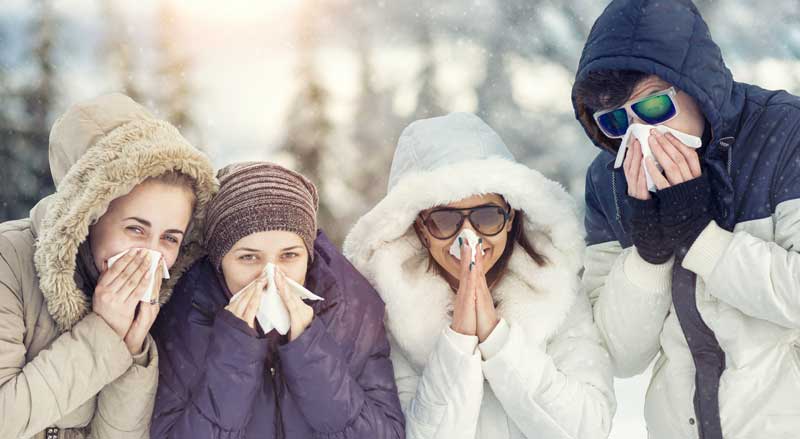

It’s important to build your immune system to resist colds and flu. And it’s good to know, many of the steps we provide here offer additional benefits—including helping to prevent heart disease, type 2 diabetes, and even varicose veins! The...
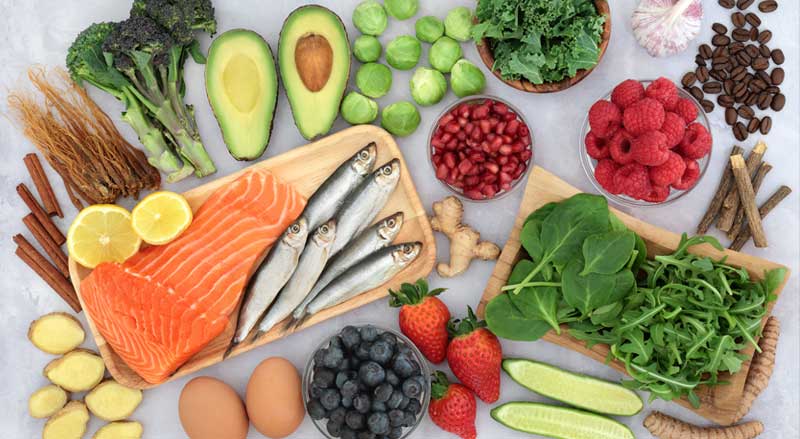
Today the word superfood enjoys widespread use and is the highest compliment a food can receive! It means that the food has unusually high levels of nutrients and offers a variety of significant health benefits. Happily, there are superfoods that...
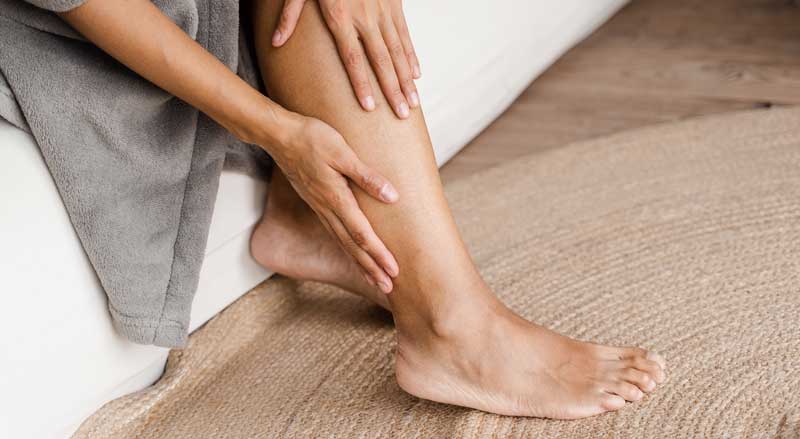
Poor circulation can affect many areas of your body, including your legs, feet, and toes. There are many reasons for poor blood circulation in the legs and feet, and usually several things you can do to improve your circulation. It’s...
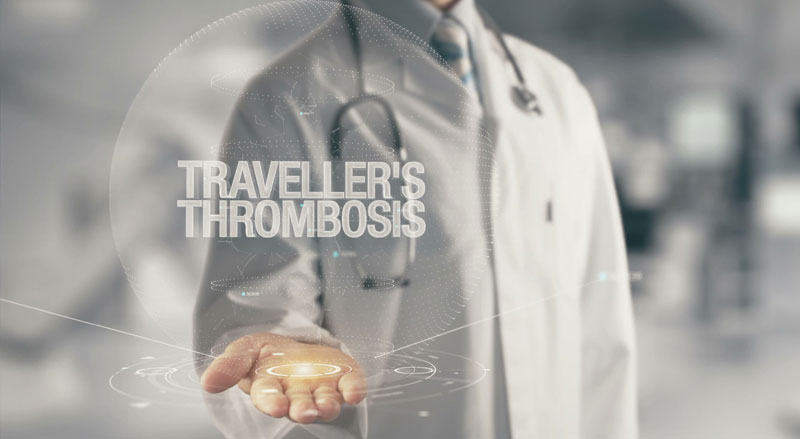
Traveler’s thrombosis, also known as economy class syndrome or deep vein thrombosis (DVT), is a medical condition that can occur when a blood clot forms in a deep vein, usually in the leg, after prolonged periods of sitting, such as...
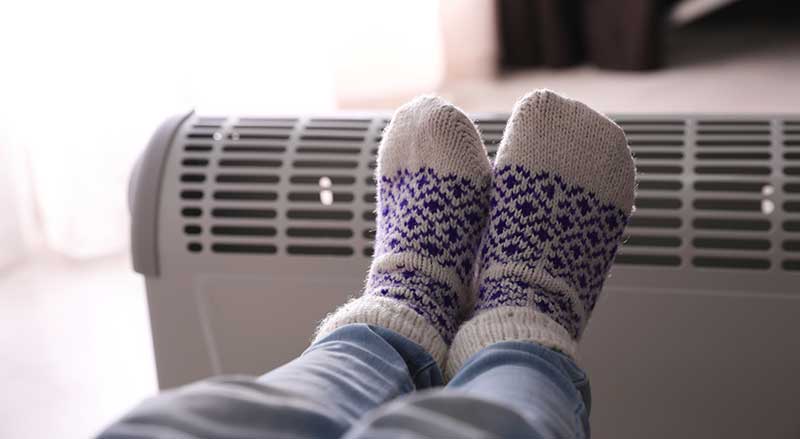
Arteries and Veins – How they play a role Patients often come to the office complaining of cold feet as a result of varicose vein disease. Unfortunately, varicose vein disease not only doesn’t present with cold feet, but often can...

There’s an old saying, “You are what you eat.” This is particularly true for vein health. If you have been wondering about diet and varicose veins, you’ll be interested to learn what’s the connection. While a great diet can’t remove...